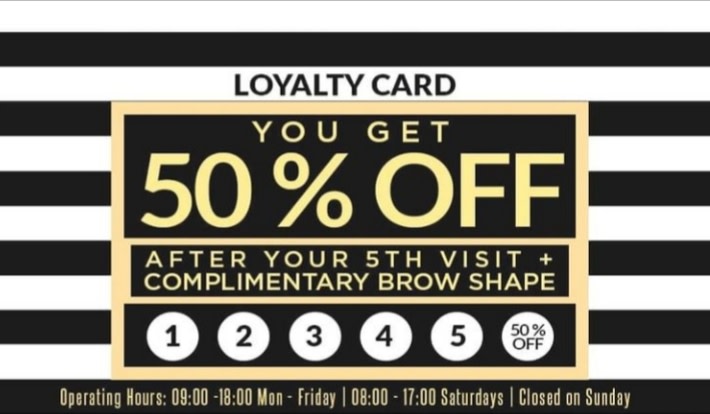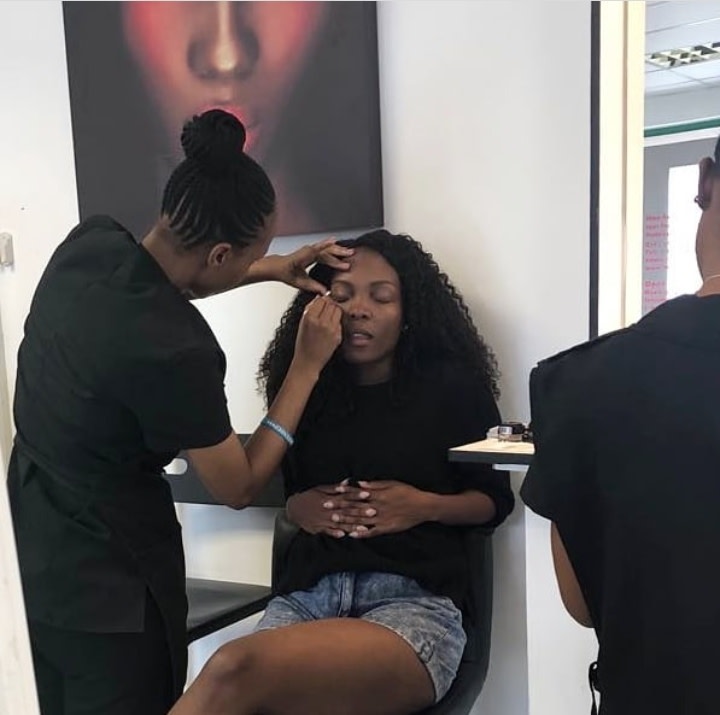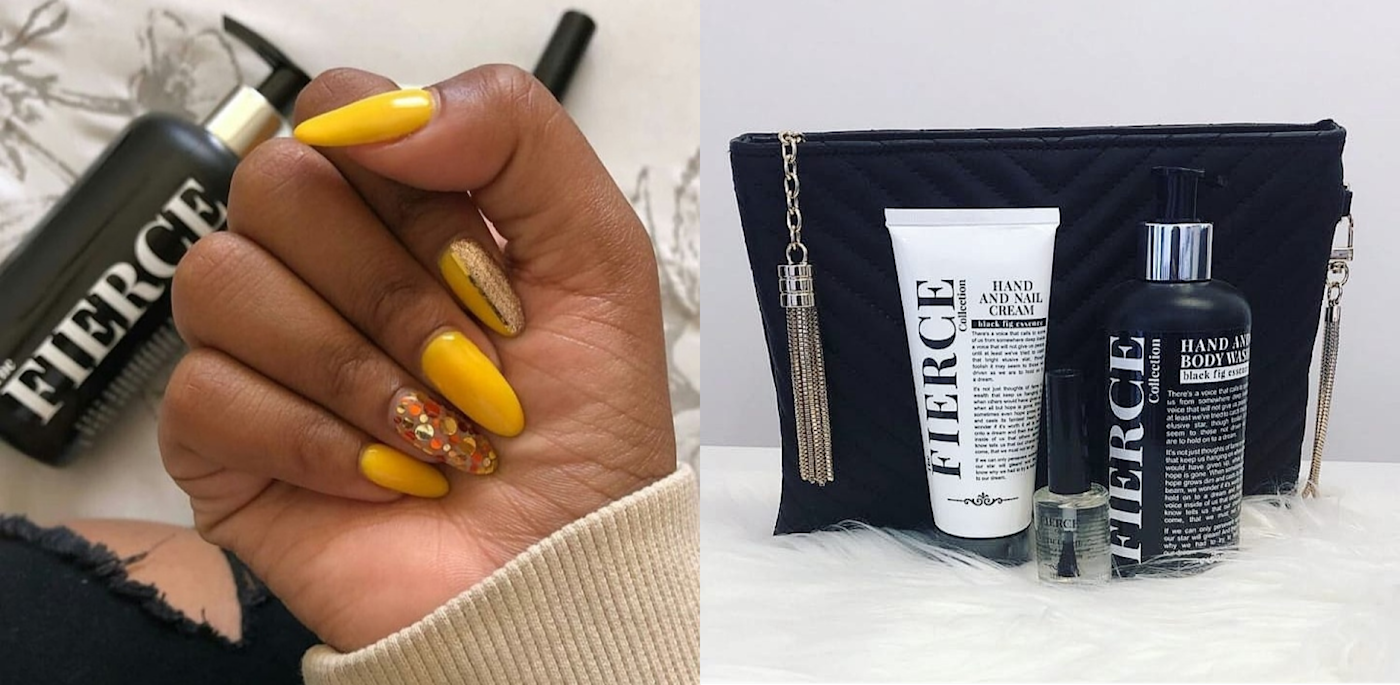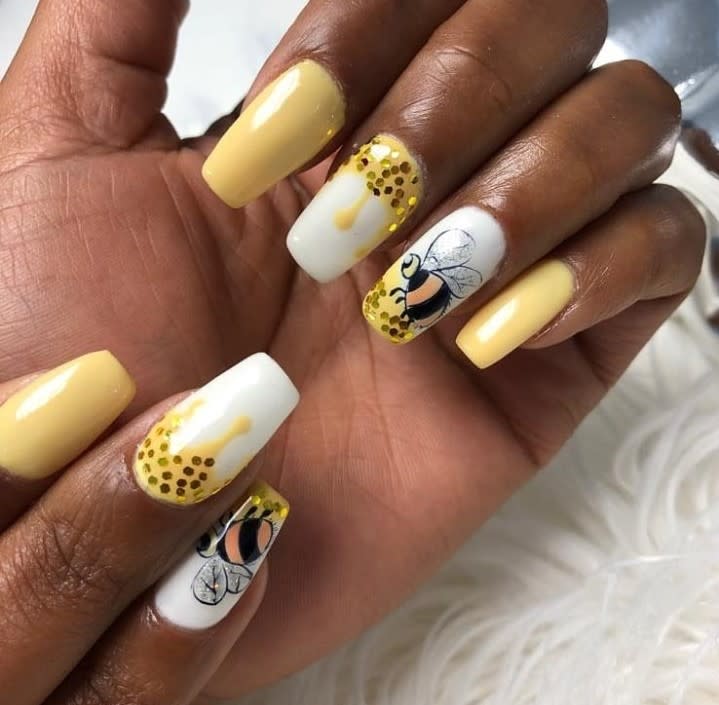I remember my first month in business. After a successful launch of my nail bar, my biggest concern was: will people come back?
It's no secret that it costs more to onboard a new client than to retain an existing client, and loyal customers will pay more for your product or service—while also playing other important roles in your business. We couldn't afford to spend much on customer acquisition since we were bootstrapped, so I knew I wanted my focus to be on retention. I just needed a strategy.
3 customer retention metrics to track
I started by focusing on metrics, and throughout our first year of operating, these metrics helped me ensure I was headed in the right direction. If I saw any dips, I knew I had to pivot.
Customer retention rate (CRR)
Customer retention rate (CRR) answers the question: of all the new customers that your business gets, what percentage of them stay with you? Here's how to calculate it.
CRR = (E – B) / T x 100
E = Number of customers at the end of a period
B = Number of customers at the beginning of a period
T = Total number of new customers in a period
For example, at the beginning of January, I started with 110 customers; by the beginning of February, I had a total of 200 clients. Of those 200, 130 were new customers. This means our retention rate was:
(200 – 110) / 130 = 0.6923 x 100 = 69%
The period can be a month or a year, depending on your business model. I chose to measure my retention rate per month because I expected my clients to come back every month to remove the old manicure set and get a new one.
Net Promoter Score (NPS)
Your Net Promoter Score tells you if your customers are likely to recommend your business to a friend or colleague. The higher your number, the more likely you are to see return customers—and have those return customers spread the word. Read about how to get your NPS with a two-question survey.
Customer Value (CV)
Customer value tells you the value of one customer to your business for a given period. Knowing the customer value means you can calculate how much that customer will spend throughout the lifetime of their relationship with your business (the customer lifetime value).
CV = purchase frequency x average order value
Purchase frequency = Number of purchases / Number of unique customers
For example, if in one month, I had 200 purchases / 200 different clients, then my purchase frequency is 1 purchase/month/client.
Average order value = Total revenue / Number of purchases
If my revenue for one month was $15,000 / 200 purchases, then my average order value is $75/month.
So my customer customer value (CV) was $75: $75 x1 =$75
In my business, clients would usually only treat themselves once a month, so a frequency higher than that would be rare. Our best option for increasing the customer value was to increase the average order value, by upselling and bundling treatments.
6 retention strategies that helped me grow my business
Just tracking numbers isn't enough—you need to take action to make sure your customers come back and your metrics look better month over month and year over year. Here are the six retention strategies that worked best for my business.
1. Offer return buyer incentives beyond discounts
To keep customers coming back, I used a punch card.

It's a little old school, yes, but it definitely helped when I didn't have a CRM. Plus, having the physical card in our customers' wallets kept us top of mind. If your customers tend to pay contactless or you don't have an in-person business, you can do the more 2020s version using a rewards app.
I recommend going beyond discounts. We did offer a discount—a big one—but we also gave them a complimentary service. The service we chose (brow shaping) was one that most customers hadn't tried because they saw it as a luxury and not a necessity. But we knew that the transformative nature of eyebrow grooming, as small as it was, was enough to get other people to notice and compliment them—and that would get our clients hooked on the treatment.

So the return buyer incentive wasn't just a way to keep people coming back—it was also an upsell. Bundled with the discount, it made people more likely to try other services too.
2. Create a loyalty program based on more than just money spent
Our loyalty program allowed customers to work toward VIP status, which then gave them special benefits: everything from priority booking and house calls to and free after-care products and champagne during their treatments. The benefits need to be excellent (but still doable on your end) to incentivize people to join the club.

The key here was that you could earn points for all sorts of things, not just purchases. For example:
Giving referrals
Engaging on social
Leaving Google reviews
That helped us create brand ambassadors who did more than just come back: they helped us get new business. Then those new customers would also be more likely to stick around since they'd come to us through our community.
In fact, our referral program was one of the most successful retention and expansion strategies.
3. Share your expert knowledge
Yes, you want to give your customers early access to new products. But if you sell a product, you also need to sell your knowledge of that product—and the entire industry. Here are a few examples of how we did this:
With every purchase, we gave customers thank-you cards with care instructions on how to make their manicures last longer.
We took the time to educate our customers on grooming practices—things like how to stop biting your nails.
We'd send emails and texts with helpful information about using our products. (If you do this, make sure it's two-way marketing so you're building a real relationship with your customers.)

This kind of information sharing helped us gain our customers' trust and see us as a resource: a reputable beauty brand, not just a place to buy stuff.
4. Ask for feedback
Asking for feedback is necessary for improving your business and making your product or service better for your target audience. But it's also a retention strategy.
Whenever we received a low NPS score, we'd reach out to the customer. Sometimes it was as simple as clearing up some misinformation or offering a discount to give us another shot. Those otherwise churned customers would come back, and our retention rate would go up.
If you can respond well to negative feedback, you can get people to stick around longer.
5. Give them something other people will notice
Because our services were visual, this one was a little easier for us. We made sure we gave our customers manicures that people would notice and comment on—every compliment gave our clients the validation they needed that they'd found their nail place.

There are a lot of ways to do this, though. For example, if you offer a service, make it an Instagrammable experience that will get them lots of likes. If you sell a less "visible" product (say, dog food), give them a free product that's more visible (say, an adorable dog keychain).
6. Be consistent
Consistency is the secret ingredient to keep people coming back. If customers knew they could rely on us to do everything we said we would do (and more), they'd have no reason to try another nail salon. By following standard operating procedures, we were able to ensure that our customers' tenth visit was just as good as—if not better than—their first.
Of course, consistency doesn't mean never changing. As you craft your retention strategy, keep your customers in mind—and be sure to evolve with their needs.





